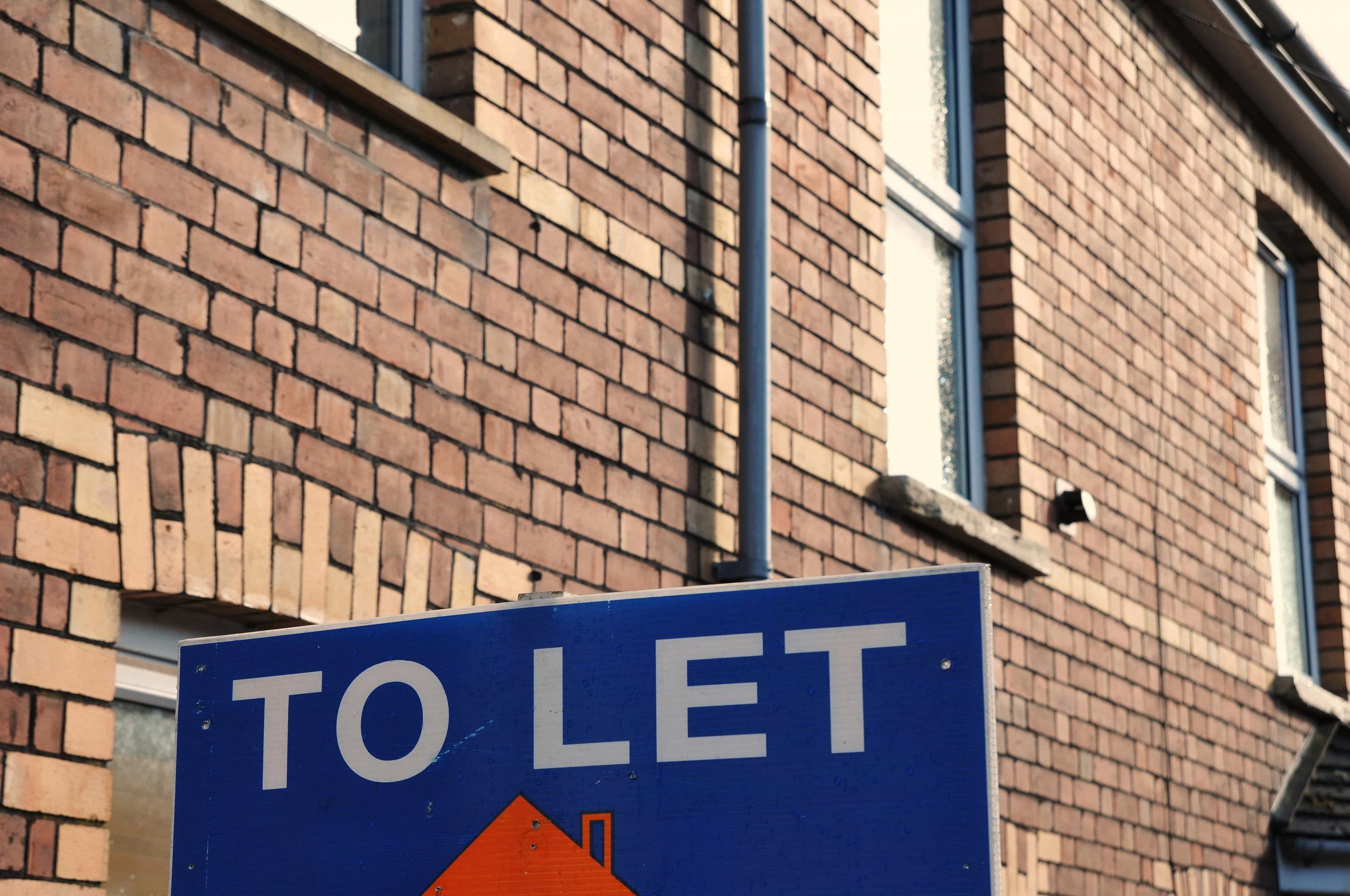The British continue their love affair with being buy-to-let landlords. After all, with bank deposit and mortgage rates so low, and a rapidly rising property market, it all seems so simple: take your cash and make a 20% down payment on a buy-to-let property and borrow the rest at a low rate of interest; then find a tenant – perhaps one of the younger generation who cannot afford to get on the housing ladder – who will pay rent in excess of the mortgage payments; and sit back. In 20 years’ time – assuming you take out a repayment mortgage – you will own most, or all, of the property, which will hopefully have gone up in value (although in reality the majority of buy-to-let mortgages are interest only). What could go wrong? In short, a lot.
A cold wind blows from the Old Lady of Threadneedle Street
Unfortunately for buy-to-let landlords, the Bank of England has a keen eye on the buy-to-let market. In its recent Financial Stability Report, it cites a buy-to-let bubble bursting as a major risk to the UK economy. The Bank is concerned about the level and affordability of loans made by commercial banks and other lenders, which, at the end of last year, was creeping towards the pre-crisis peak. In its report, it noted that buy-to-let borrowers are more susceptible to rate rises than owner-occupiers; if mortgage rates rise by 3%, nearly 60% of buy-to-let mortgages taken out recently would be in breach of the 125% interest cover (rent/interest payments) used in ‘affordability’ tests.
And the Chancellor whips up a maelstrom
The Chancellor too has a particular interest in the buy-to-let market for social, economic and fiscal reasons. He is conscious of the political impact of the young not being able to get on the housing ladder; he is concerned about the rise in buy-to-let lending; and he sees an opportunity to raise some tax revenue. As a result of recent budgets, turnover, not profit, becomes the main focus of the buy-to-let tax regime. New measures include:
- A supplemental 3% duty has been applied to all bands of stamp duty (SDLT). As an example, a £350,000 property purchased before 6th April 2016 would have incurred an SDLT of £7,500. Today it is £18,000.
- Previously, landlords could automatically offset 10% of their rental income as costs. Going forwards, they will only be able to offset actual costs incurred.
- While landlords were previously able to offset all mortgage interest payments against rental income, from 2020/21, they will only be granted tax credit worth 20% of the interest cost to offset against income tax, irrespective of their marginal rate of tax. A transitional, hybrid regime exits in the interim.
- In the latest budget, the Chancellor reduced capital gains tax from 28% to 20% on most assets apart from property, which remains at 28%.
Buy-to-let is likely to look far less appealing to new investors, particularly those with high loan-to-value mortgages, as what used to be profitable, may now, in some instances, become loss making. Success requires ever rising house prices. The Bank of England’s Financial Stability Report refers to recent research that suggests that 15% of buy-to-let investors would sell their properties if the mortgage payments were no longer covered by the rental income and 45% would be ‘inclined to sell’ if house prices fall by 10%.
Investors who go into the buy-to-let market, without anything more than a naïve set of gross yield numbers, basic mortgage cost estimates and the hope of rising house prices may not get the sort of outcome they are hoping for. Let the buy-to-letter beware.
Other notes and risk warnings
This article is distributed for educational purposes and should not be considered investment advice or an offer of any product for sale. This article contains the opinions of the author but not necessarily the Firm and does not represent a recommendation of any particular security, strategy or investment product. Information contained herein has been obtained from sources believed to be reliable, but is not guaranteed.
Past performance is not indicative of future results and no representation is made that the stated results will be replicated.






